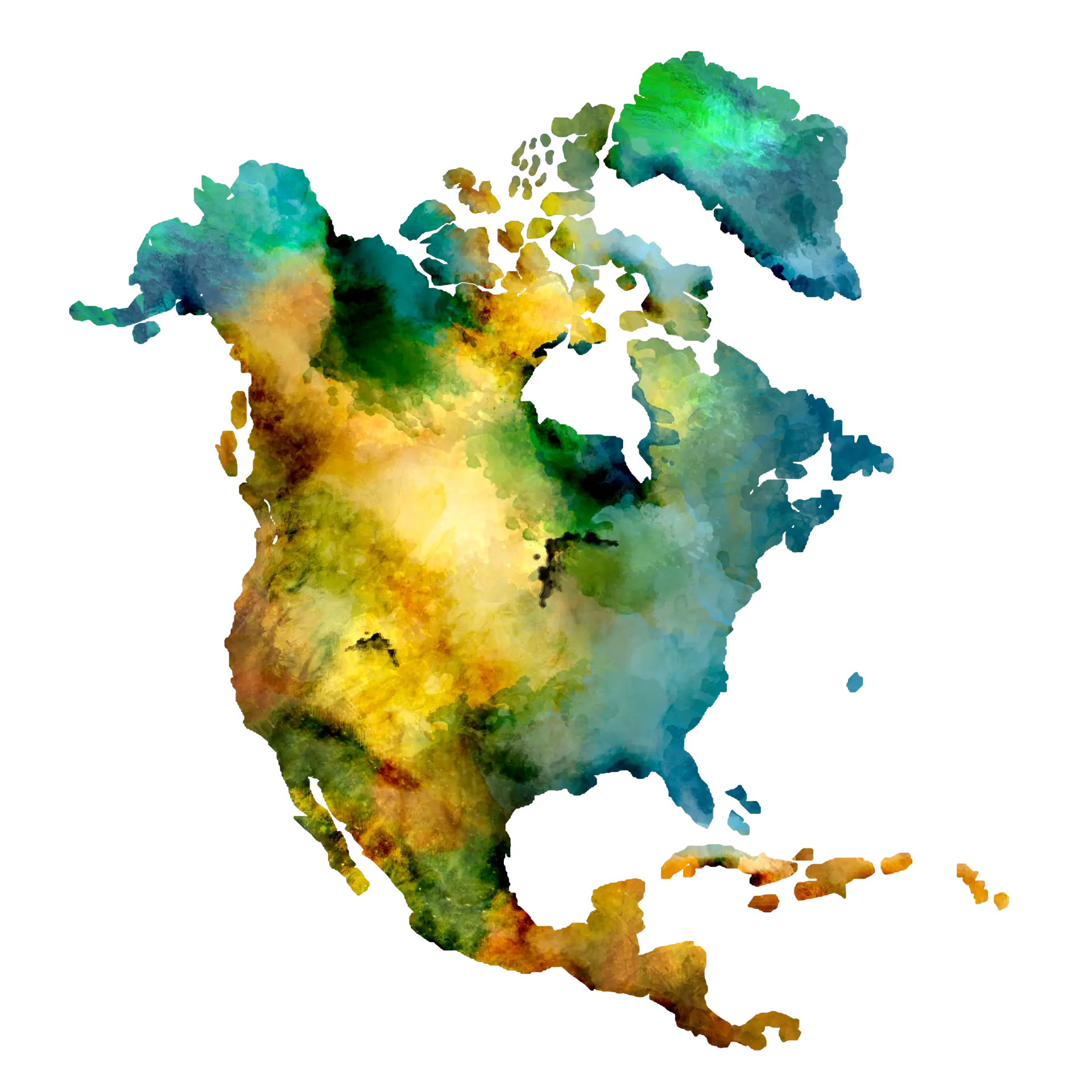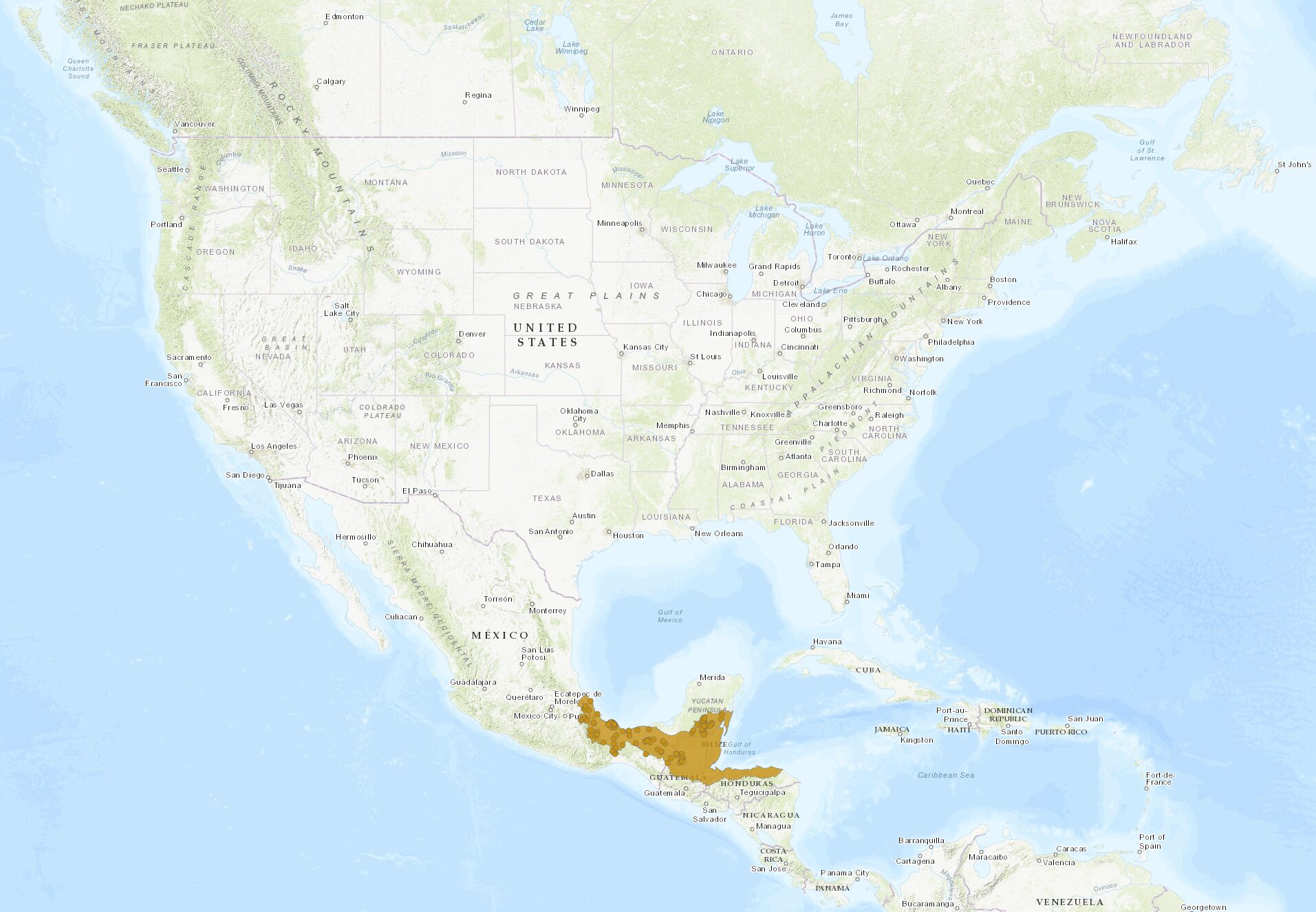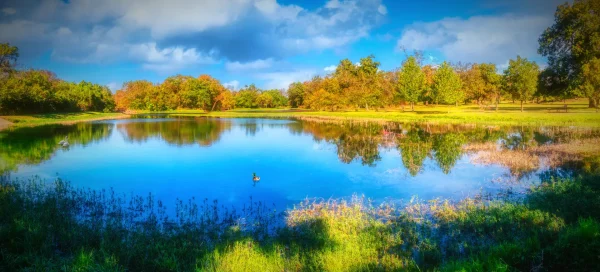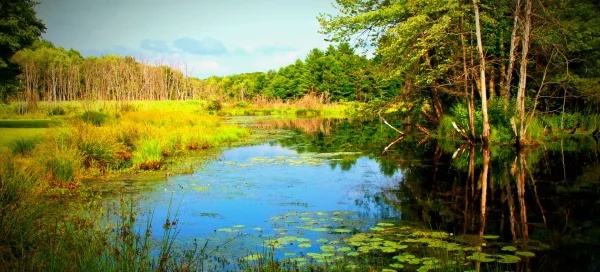Overview
The Green Swordtail, Xiphophorus hellerii, is a popular freshwater fish native to North and Central America, celebrated for its vibrant coloration and distinctive sword-like tail extension in males. This species belongs to the Poeciliidae family, which includes other live-bearing fish such as guppies and mollies. Green Swordtails are highly adaptable and can be found in various aquatic habitats, including rivers, streams, and ponds, where they prefer areas with dense vegetation. Their easy care and striking appearance make them a favorite among aquarium enthusiasts.
Green Swordtails are noted for their sexual dimorphism; males boast an elongated lower tail fin, or “sword,” which can be as long as their body and is often used in mating displays to attract females. Females are larger and lack the sword, presenting a fuller body shape ideal for bearing young. The body coloration ranges from a vibrant green to olive, with some individuals exhibiting orange or red lateral stripes that add to their visual appeal. In the wild, these colors help them blend into their lush, vegetated environments.
Over time, selective breeding in captivity has produced various color morphs of Green Swordtails, including red, black, and neon varieties, which do not occur in the wild but are highly prized in the aquarium trade. These captive breeds often exhibit enhanced colors and fin shapes compared to their wild counterparts. Despite their popularity in aquariums, wild populations face threats from habitat destruction and pollution, highlighting the need for environmental conservation efforts to preserve their natural habitats.
Taxonomy
Kingdom
Phylum
Class
Order
Family
Genus
Species
Type
Current distribution:
Green Swordtails are widely distributed across their native range in Mexico and Central America, though their populations are increasingly fragmented due to habitat loss and pollution. They are also extensively bred in captivity and have been introduced to other regions due to the aquarium trade. In some cases, escaped or released pets have established feral populations in non-native environments, where they can compete with local species and disrupt established ecosystems.
Conservation efforts are necessary to manage wild and introduced populations to prevent ecological imbalances. Monitoring and regulating the aquarium trade are crucial to preventing accidental introductions into non-native habitats. Continued research into their ecological impact and breeding habits in the wild helps inform conservation strategies and ensures sustainable populations in their native and introduced ranges.
Physical Description:
Green Swordtails typically reach about 5 to 6 inches (12.7 to 15.24 cm), with males generally smaller but longer if including the “sword” in their tail measurement. The “sword” is an extension of the caudal fin, which can add 2 to 3 inches (5 to 7.6 cm) to their length, making the males especially striking. Their bodies are slender and elongated, adapted for quick bursts of speed that are useful for evading predators in their native habitats. The dorsal fin is prominent, especially in males, and can vary in size and coloration among individuals.
Sexual dimorphism is pronounced, with females being larger and lacking the sword-like tail extension. Their fuller bodies result from their reproductive role as livebearers, capable of storing sperm and producing several broods of fry from a single mating. The coloration of Green Swordtails in the wild is typically a bright green with metallic reflections, although variations occur depending on genetic factors and environmental conditions. Breeders have developed various colors and patterns in aquarium settings that enhance their appeal to hobbyists.

Lifespan: Wild: ~3 Years || Captivity: ~5 Years

Length: Male: 3-5 in (7.6-12.7 cm) including sword || Female: 5-6 in (12.7-15.24 cm)
Characteristic:
Native Habitat:
The Green Swordtail is native to freshwater streams and rivers of North and Central America, from southern Mexico to northwestern Honduras. It prefers habitats with dense vegetation and slow-moving waters, which provide protection from predators and abundant food sources. The water conditions in its natural habitats vary, but it generally prefers warm, slightly alkaline water with a good amount of dissolved minerals.
These highly adaptable fish have been found in a range of environments, including small ponds, large rivers, and even brackish waters near estuaries. Their adaptability makes them resilient to environmental changes but susceptible to severe pollution and habitat loss. Efforts to preserve their natural habitats are crucial for maintaining these areas’ ecological balance and biodiversity.
Climate Zones:
Biomes:
Biogeographical Realms:
Continents:
Diet:
Diet & Feeding Habits:
Green Swordtails are omnivorous, with a diet in the wild consisting primarily of aquatic plants, algae, small insects, and larvae. They are opportunistic feeders and adapt well to various food sources, contributing to their success in diverse environments. In the aquarium, they thrive on a balanced diet that includes both plant-based foods and protein, such as flaked fish food, spirulina, and occasional live or frozen treats like brine shrimp or bloodworms.
In captivity, the nutritional needs of Green Swordtails must be carefully managed to prevent common health issues such as obesity and malnutrition. A varied diet ensures proper growth and development and enhances the vibrant coloration that makes these fish so attractive. Regular feeding schedules and controlled portions are essential, as overfeeding can lead to water quality issues and health problems for the fish.
Mating Behavior:
Mating Description:
The Green Swordtail is a livebearer, meaning females give birth to fully formed, free-swimming young. Males use their elongated tail fin as a display during mating rituals to attract females and deter rivals. The mating process can be frequent and prolific, with females capable of storing sperm for months and producing multiple broods without further fertilization. This reproductive strategy is advantageous in environments where mates are not always plentiful.
Females can give birth to anywhere from 20 to 100 fry at a time, depending on their size and health. The gestation period lasts about 28 days, after which the female releases her young. The fry is independent of birth, receiving no parental care, which is typical for many fish species. This reproductive efficiency makes the Green Swordtail a robust species capable of rapid population growth under favorable conditions.
Reproduction Season:
Birth Type:
Pregnancy Duration:
Female Name:
Male Name:
Baby Name:
Social Structure Description:
Green Swordtails are generally social fish that do well in groups, although males can be territorial towards each other, especially in the presence of females. In the wild, they often form loose schools, which provide safety in numbers from predators. The social behavior of Green Swordtails in captivity can vary, with tank conditions and the ratio of males to females significantly affecting their interactions.
Understanding their social structure is important for aquarium management and conservation efforts in the wild. Social dynamics can affect breeding success, stress levels, and overall health, making it a crucial aspect of their biology in natural and artificial environments.
Groups:
Conservation Status:
Population Trend:
Green Swordtails are abundant in wild and captive populations, although precise numbers are not documented. In the wild, they are common within their native range but face habitat degradation and water pollution threats. In captivity, they are among the most popular and frequently bred freshwater aquarium fish, which has led to a wide range of genetic diversity due to selective breeding.
Conservation efforts in the wild are focused on habitat preservation and pollution control to maintain healthy natural populations. These efforts are crucial for preventing the decline of wild populations and ensuring that the ecological dynamics of their native habitats are not irreversibly altered. In captivity, responsible breeding practices and education about the species’ needs and care are essential to maintain the health and welfare of captive populations.
Population Threats:
Habitat destruction and water pollution are the primary threats to wild Green Swordtail populations. Urban development, agricultural runoff, and industrial pollutants can drastically alter aquatic environments, decreasing population viability. Additionally, introducing non-native species and overfishing for the aquarium trade poses significant risks to their survival in the wild.
Conservation strategies must address these threats through effective environmental management and regulation. Protecting water quality and habitat integrity in their native range is essential for the continued survival of Green Swordtails. Education and regulation in the aquarium trade can also help mitigate the impact of these fish in non-native environments.
Conservation Efforts:
Efforts to conserve Green Swordtails focus on habitat conservation and pollution prevention in their natural range. Protected areas and conservation programs aim to preserve the integrity of freshwater ecosystems, which benefit a wide range of species, including Green Swordtails. In the aquarium industry, efforts include promoting responsible breeding and ownership, ensuring that populations are managed sustainably, and minimizing escape into non-native habitats.
Research and monitoring are also vital components of conservation strategies. They help track population changes, assess habitat quality, and inform policy decisions. Community involvement in conservation efforts can enhance the effectiveness of these programs, ensuring long-term commitment and support.
Additional Resources:
Fun Facts
- Green Swordtails can hybridize with closely related species, such as the platy, resulting in various color and fin shape combinations.
- The “sword” in the male’s tail is believed to play a role in sexual selection, with longer swords generally being more attractive to females.
- Green Swordtails can adjust their breeding schedules to environmental conditions, making them particularly resilient.
- They are used in genetic research due to their rapid reproductive rate and the ease with which they can be kept and bred in laboratory conditions.
- Green Swordtails have been part of the aquarium trade for over a century, making them one of the most established ornamental fish species.
- The species is known for its ability to tolerate various water conditions, contributing to its success in both wild and captive environments.
- In addition to their visual appeal, Green Swordtails are valued for their ability to help control tank algae levels.
- The fry is highly independent and can eat the same diet as adults from birth, simplifying breeding efforts.
- Selective breeding has led to some Green Swordtails’ ability to glow under black light, as they incorporate genes from bioluminescent organisms.
- Despite their widespread presence in the aquarium trade, the natural behaviors and ecology of wild Green Swordtails are not as well studied as those of other popular aquarium species.








